Table of Contents
- The Real Goal of Ad Copy (It’s Not Just Clicks)
- Before You Write: Who Are You Even Talking To?
- Words That Make People Act: What Actually Sells
- Structure That Works: Breaking Down Winning Ad Copy
- Emotional Drivers: Sell to the Gut, Not the Brain
- Writing for Different Platforms (What Changes and What Doesn’t)
- Don’t Guess – Test
- Bad Ad Copy: Common Mistakes That Cost You Clicks & Cash
- Real Examples: Good vs. Bad Ad Copy (and Why They Work or Fail)
- Checklist Before You Launch Your Copy
- Final Thoughts: Write for Humans, Not Algorithms
How to Write an Ad Copy That Makes People Want to Buy
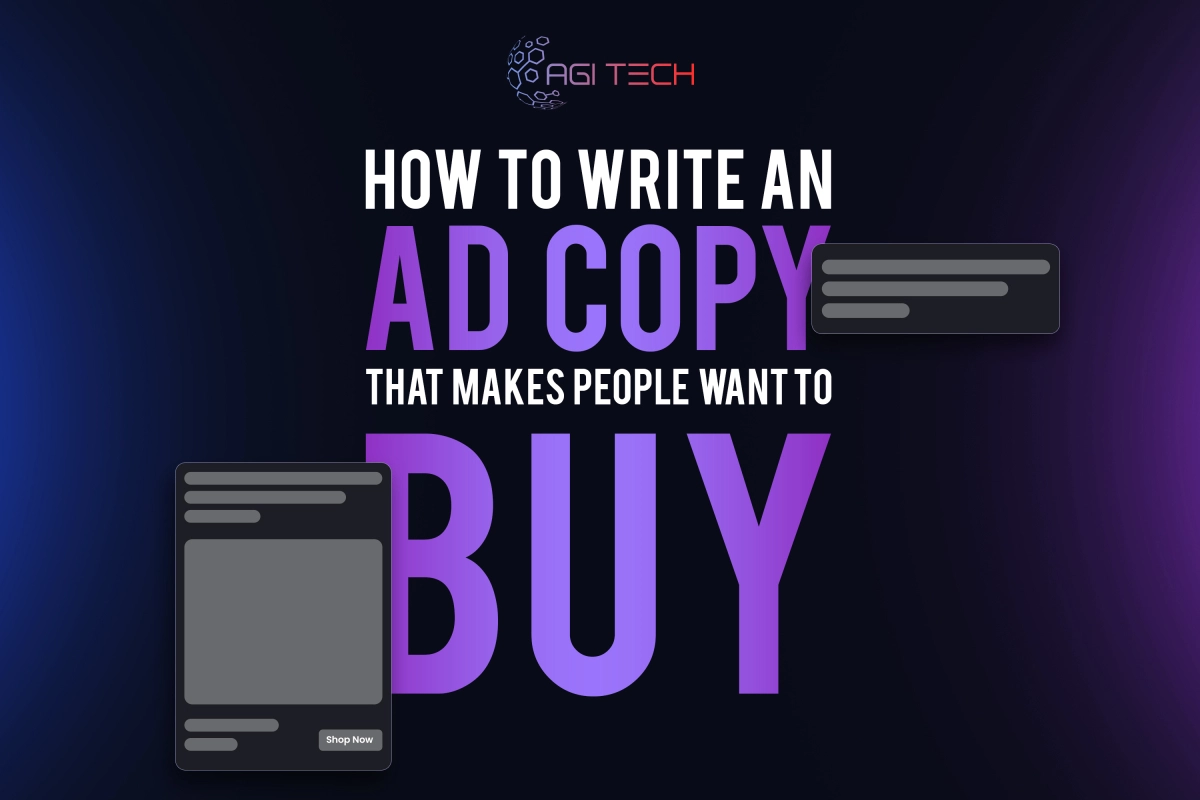
Writing effective ad copy is crucial for capturing the attention of potential customers and driving conversions. Whether you’re promoting a product, service, or brand, the words you choose can make or break your advertising campaign. This guide will walk you through the essential elements of crafting persuasive ad copy that not only attracts clicks but also compels people to take action. From understanding your audience to testing and refining your message, we’ll cover everything you need to know to create high-converting ad copy.
The Real Goal of Ad Copy (It’s Not Just Clicks)
Many marketers focuses on metrics like impressions and clicks, but the true measure of successful ad copy is its ability to drive conversions. While clicks are important for getting users to your landing page, it’s the conversions that ultimately matter for your business’s bottom line. According to a study by WordStream, the average conversion rate for Google Ads across all industries are 4.8%, but this varies significantly by sector. For instance, the legal industry has an average conversion rate of 6.98%, while technology averages 2.92%.
Ad copy plays a pivotal role in the buyer’s journey, guiding potential customers from awareness to decision-making. In the awareness stage, your ad copy should educate the audience about their problem and introduce your brand as a potential solution. In the consideration stage, it should highlight the benefits and unique selling points of your offering. Finally, in the decision stage, it should include strong calls to action and incentives to purchase.
Therefore, when evaluating the effectiveness of your ad copy, look beyond click-through rates (CTR) and focus on metrics such as conversion rate, cost per acquisition (CPA), and return on ad spend (ROAS). These metrics provide a clearer picture of how well your ad copy is performing in terms of generating actual sales or leads.
Before You Write: Who Are You Even Talking To?
Understanding your target audience are fundamental to writing effective ad copy. Poor audience clarity can leads to misdirected messages that fail to resonate with potential customers, ultimately killing sales. To avoid this, it’s essential to define your buyer’s current situation, not just their demographics.
Start by creating detailed buyer personas that includes information about their pain points, motivations, and behaviors. Conduct market research through surveys, interviews, and data analysis to gain insights into what drives your audience’s purchasing decisions.
For example, a case study by LinkedIn showed that refining the target audience and optimizing ad copy led to a 30% increase in engagement rates for a B2B software company. By understanding their audience’s specific needs and tailoring the ad copy accordingly, they were able to achieve better results.
Mapping pain points to real-life decisions is also crucial. Identify the problems your audience faces and demonstrate how your product or service can solve those problems. This approach makes your ad copy more relevant and compelling.
Words That Make People Act: What Actually Sells
The language you use in your ad copy can significantly impacts its effectiveness. Power words is persuasive terms that trigger emotional responses and encourage action. Examples include “exclusive,” “limited time,” “guaranteed,” and “free.” These words can grab attention and create a sense of urgency or desire. For a comprehensive list of power words, check out this resource.
However, it’s important to use power words judiciously and avoid overused fluff that can make your copy sound insincere. Focus on verbs rather than adjectives to makes your copy more dynamic and action-oriented. For instance, instead of saying “Our product is amazing,” say “Experience the amazing benefits of our product.”
Additionally, emphasize benefits over features. Features describe what your product does, while benefits explain how it improves the customer’s life. For example, instead of highlighting “12MP camera,” say “Capture stunning photos effortlessly.” This shift in focus makes your ad copy more appealing to the audience’s needs and desires.
Structure That Works: Breaking Down Winning Ad Copy
Structuring your ad copy effectively are key to guiding the reader through the message and prompting action. Several proven formulas can help you craft winning ad copy:
- PAS (Problem-Agitate-Solution): Identify the problem, agitate it to make it more pressing, and offer your product as the solution.
- AIDA (Attention-Interest-Desire-Action): Grab attention with a strong headline, generate interest with compelling information, create desire by highlighting benefits, and prompt action with a clear CTA.
- FAB (Features-Advantages-Benefits): List the features, explain their advantages, and highlight the benefits to the customer.
When writing headlines, balance curiosity and clarity. A headline should intrigues the reader enough to want to learn more while clearly indicating what the ad is about. For example, “Unlock the Secret to Effortless Weight Loss” sparks curiosity and specifies the topic.
Short copy can be effective if it’s concise and impactful. Every word should serve a purpose, conveying the message quickly and clearly.
Emotional Drivers: Sell to the Gut, Not the Brain
Emotions plays a significant role in purchasing decisions. By tapping into emotions like fear, desire, and urgency, you can influences buying behavior effectively.
- Fear: Highlight potential negative outcomes if the customer doesn’t take action. For example, insurance ads often use fear of loss to persuade people to buy coverage.
- Desire: Appeal to the customer’s aspirations and dreams. Luxury brands associate their products with status and success.
- Urgency: Create a sense of urgency with limited-time offers or low stock alerts to prompt immediate action.
It’s crucial to use emotional appeals ethically, avoiding manipulation and ensuring that your claims are truthful. Authenticity is key to building trust with your audience. For example, McDonald’s ads often evoke happiness by showing joyful family moments.
Storytelling can also be a powerful tool in evoking emotions. A well-crafted story can make your ad more relatable and memorable.
Writing for Different Platforms (What Changes and What Doesn’t)
Each advertising platform has its own best practices for ad copy due to differences in audience behavior and format constraints.
Google Ads
For Google Ads, focus on matching user intent with relevant keywords. Use ad extensions to provide additional information. Ensure the ad copy aligns with the landing page content.
Facebook/Meta Ads
For Meta Ads, create engaging copy that stands out in users’ feeds. Use visuals effectively and include a clear CTA. Emotional appeals and storytelling can be particularly effective.
LinkedIn Ads
Use a professional tone and focus on B2B benefits. Highlight how your product or service can solve business problems or enhance professional development.
Display Ads
Keep the copy concise and attention-grabbing. Use strong visuals and ensure the ad is relevant to the website it’s displayed on.
Tailoring your ad copy to each platform’s unique characteristics will help maximize its effectiveness.
Don’t Guess – Test
Testing are essential to determine what ad copy works best. A/B testing allows you to compare different variations of your ad to see which performs better.
Elements to test include headlines, descriptions, CTAs, images, and emotional tones. Set up tests with clear hypotheses and ensure you have a sufficient sample size to draw meaningful conclusions.
Use the results from A/B tests to refine your ad copy and improve future campaigns. Iterative testing helps you continuously optimize your ads for better performance. For more information on A/B testing, see this guide.
Bad Ad Copy: Common Mistakes That Cost You Clicks & Cash
Avoiding common mistakes in ad copy are crucial for maintaining credibility and achieving desired results.
- Clickbait: Misleading headlines can lead to high bounce rates and damage trust.
- Overcomplicating the message: Keep the copy simple and focused. Avoid jargon and unnecessary complexity.
- Weak CTAs: Use specific and action-oriented CTAs to guide the user on what to do next.
By steering clear of these pitfalls, you can create an ad copy that is honest, clear, and effective.
Real Examples: Good vs. Bad Ad Copy (and Why They Work or Fail)
Let’s look at some examples:
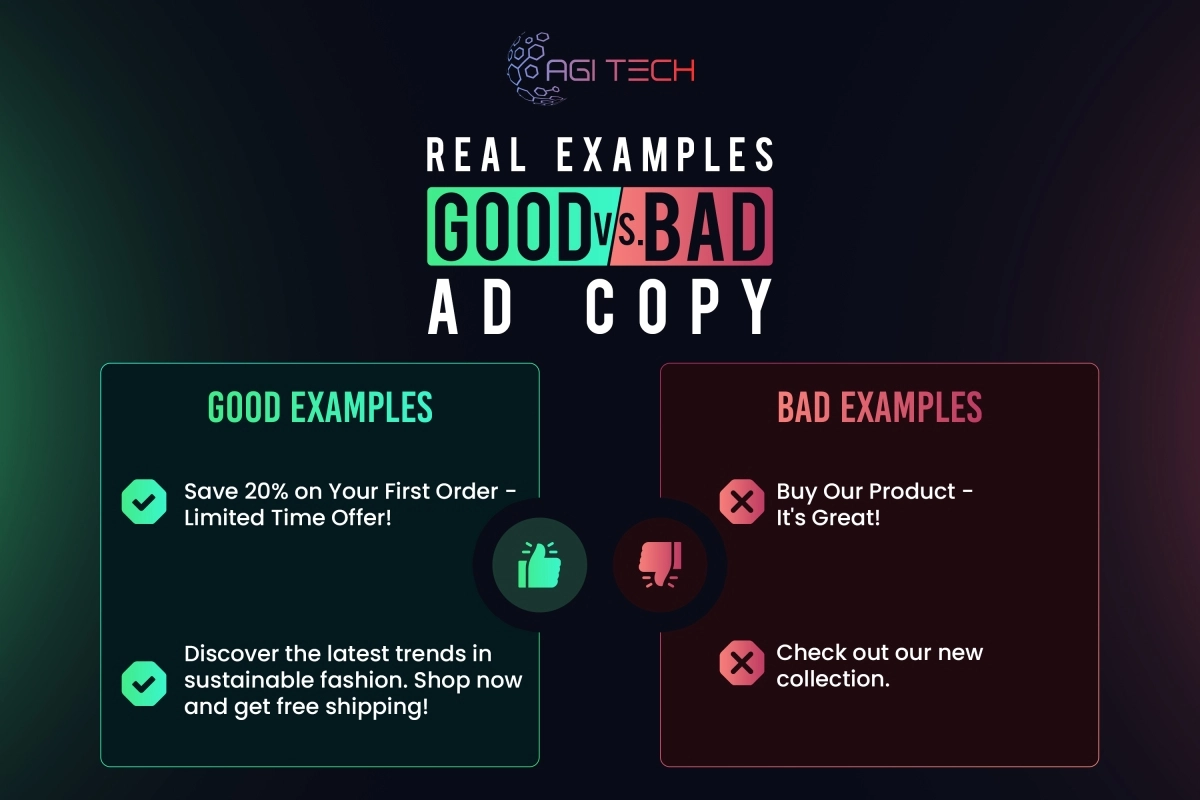
Bad Example (Google Ad):
“Buy Our Product – It’s Great!”
This headline is vague and doesn’t provide any specific reason to click. It lacks a unique selling point or benefit.
Good Example:
“Save 20% on Your First Order – Limited Time Offer!”
This headline offers a clear benefit (20% savings) and creates urgency with “limited time offer,” making it more compelling.
Bad Example (Facebook Ad):
“Check out our new collection.”
This is generic and doesn’t stand out. It doesn’t provide any incentive or reason for the user to engage.
Good Example:
“Discover the latest trends in sustainable fashion. Shop now and get free shipping!”
This example highlights a unique selling point (sustainable fashion), includes a CTA (“Shop now”), and offers an incentive (free shipping).
Checklist Before You Launch Your Copy
Before launching your ad copy, ensure it meets the following criteria:
- Audience match: Does the copy resonate with your target audience?
- Clear CTA: Is there a specific and compelling call to action?
- Emotional hook: Does the copy evoke the desired emotion?
- Ad relevance to landing page: Does the ad promise match the landing page content?
- Human touch: Does the copy sound natural and authentic?
Reviewing these points will help ensure your ad copy is ready for success.
Final Thoughts: Write for Humans, Not Algorithms
While it’s important to optimize for search engines, the primary focus should be on writing for human readers. Use natural language, be honest and clear, and connect with your audience on a personal level. Remember, effective ad copy is about saying the right thing that resonates with people, not just shouting louder.
Our Latest Blogs

How Does Lead Scoring and Testing Work in Meta Ads?
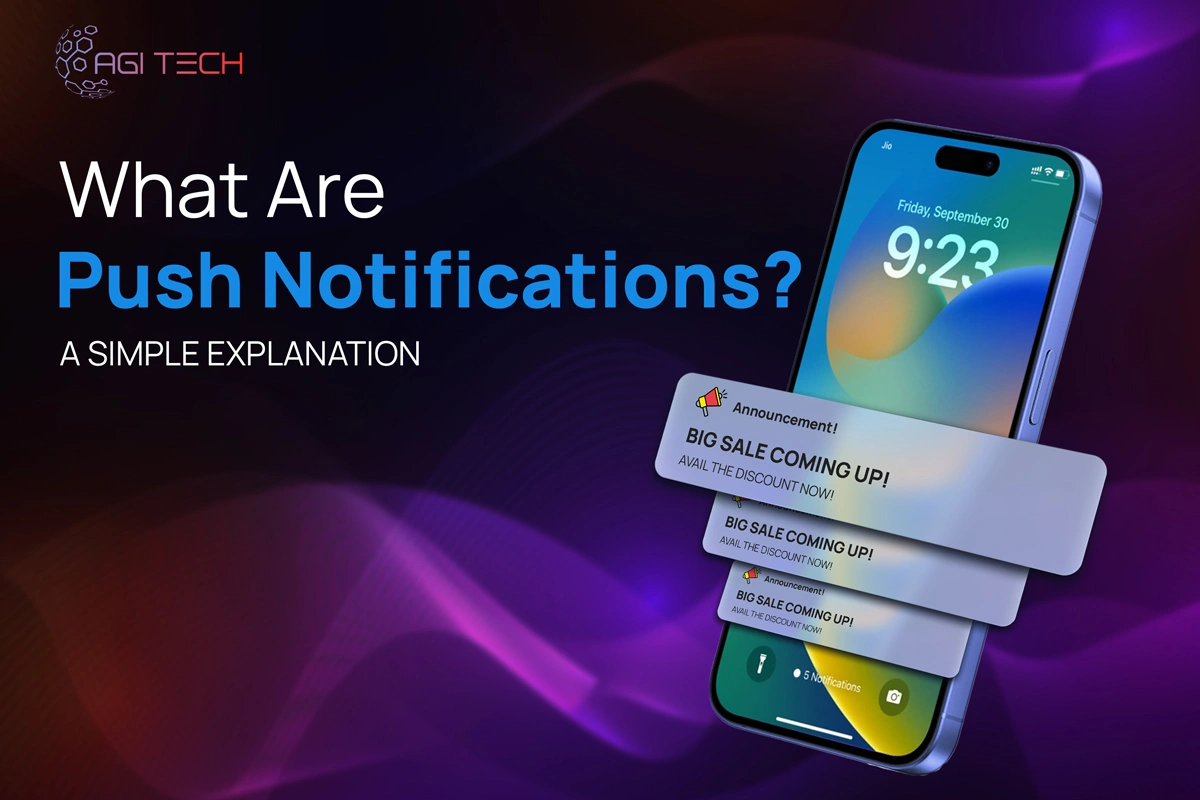
What Are Push Notifications? Benefits, Types & Best Practices (2025)

How To Control Engagement and User Interactions on Meta Ads?
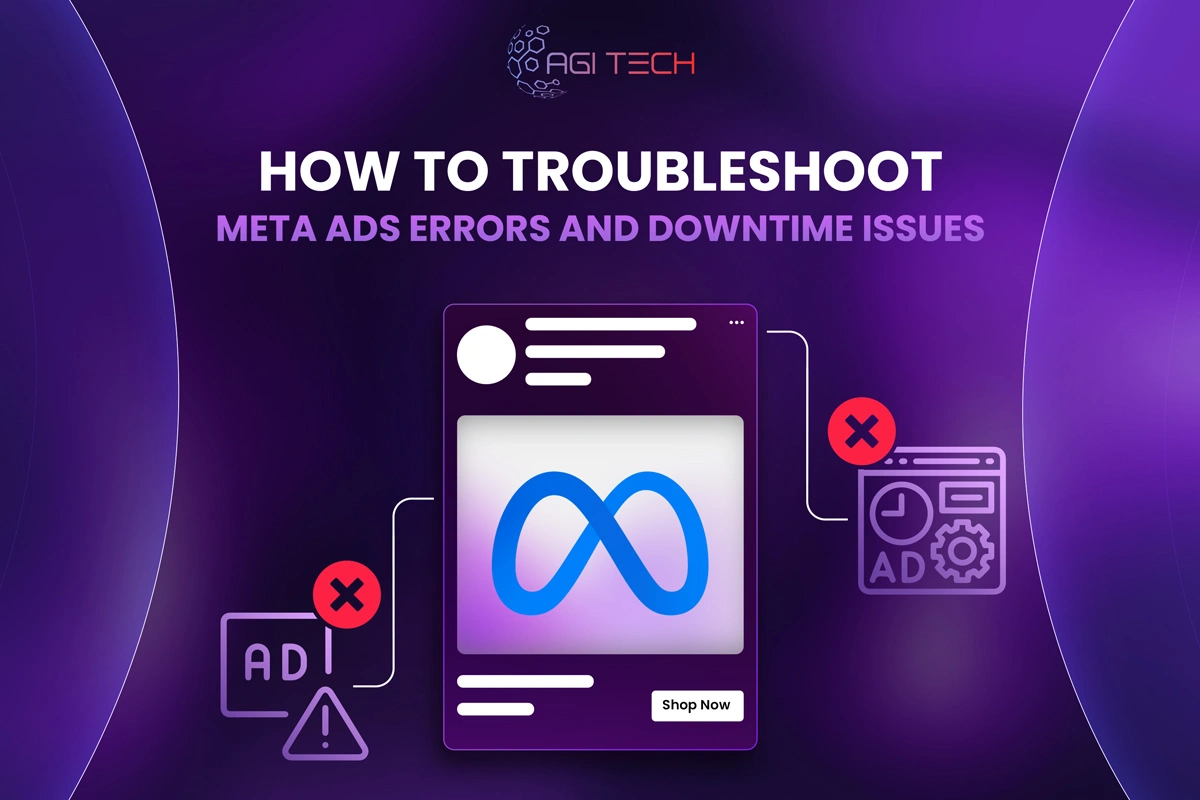
How to Troubleshoot Meta Ads Errors and Downtime Issues
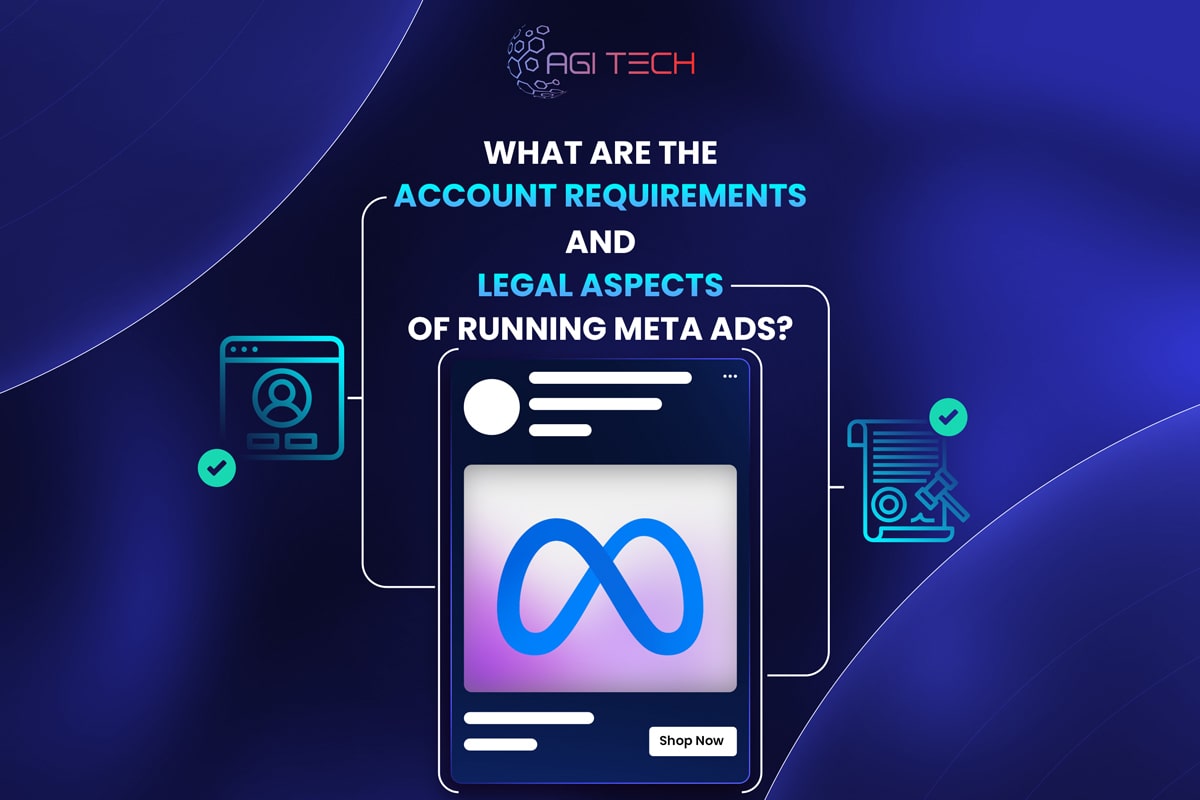
What are the Account Requirements and Legal Aspects of Running Meta Ads?
Start Your Digital Transformation
From branding to digital solutions, let’s take your business to the next level together.
